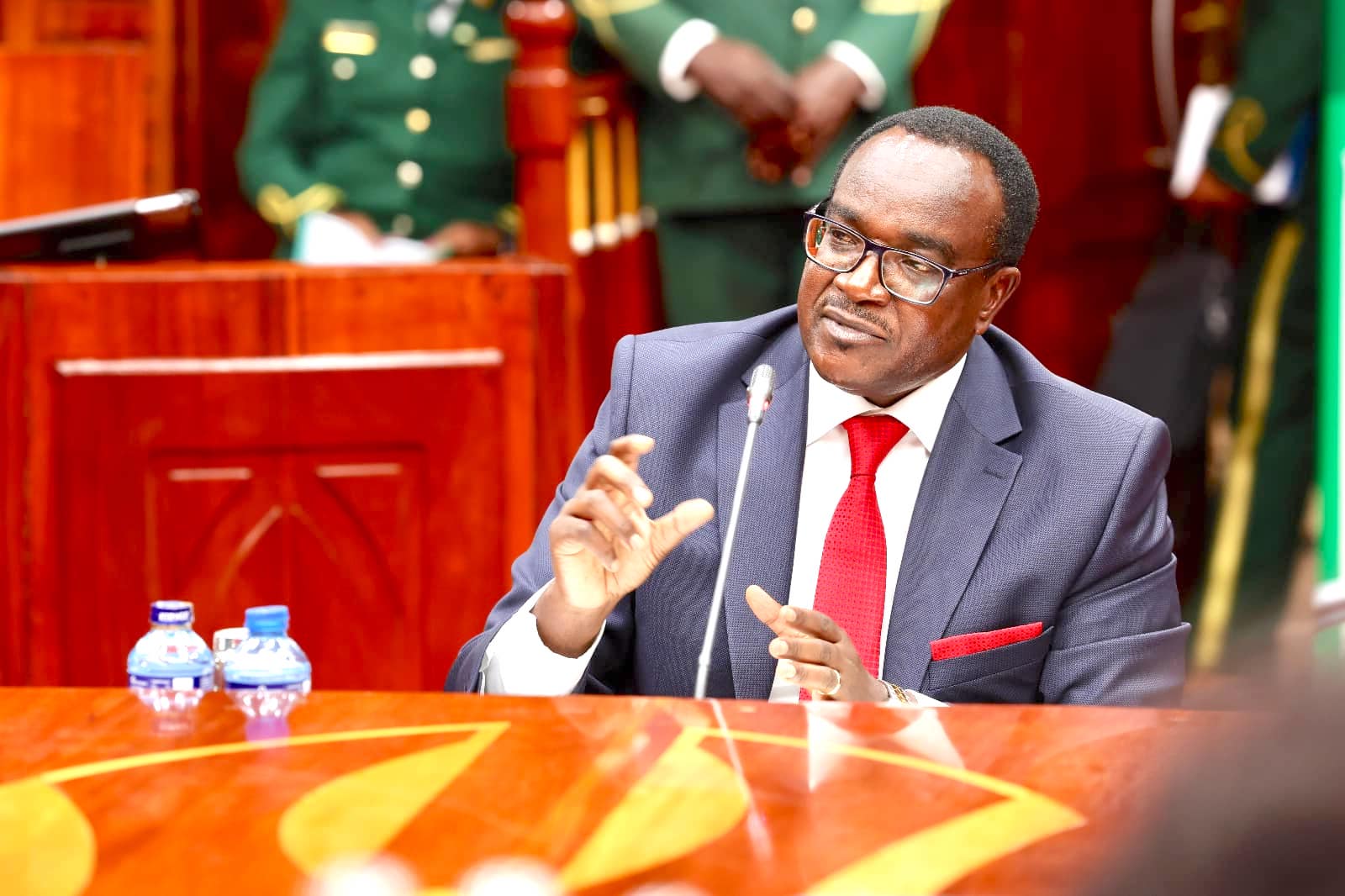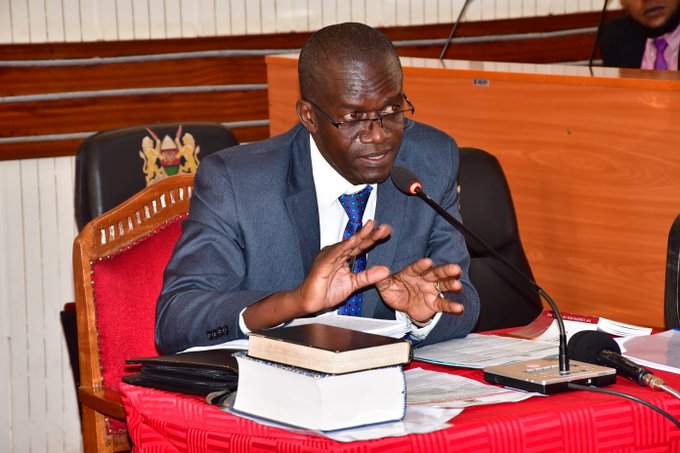The Ministry of Education had committed to lowering university fees following public uproar against an earlier declaration that free education was no longer sustainable. Treasury Cabinet Secretary John Mbadi defended the shift in Parliament on 24 July, citing shrinking fiscal space and the burden of rising enrolment.
Currently, the state allocates Sh1,420 per primary pupil, Sh15,042 for junior school and Sh22,244 for senior secondary. Mbadi argued that maintaining these levels was “no longer viable,” prompting the government to unveil a revised funding model. The new scheme promised to reduce tuition by 15 to 40 percent, depending on the programme, while boosting Higher Education Loans Board (HELB) allocations by Sh5 billion.
Deputy President Kithure Kindiki publicly assured Kenyans that “no student will be denied access to university education because of cost.” Yet, with reopening just days away, many parents complain that little clarity has emerged on how and when the cuts will be implemented.
The Kenya National Parents Association has warned that delays in releasing bursaries and HELB loans could push households deeper into financial distress. “The earlier the government honours its pledge, the better. Any setback will greatly affect our children,” one parent’s representative said.
Some first-year students at the University of Nairobi have reported minor fee adjustments. However, continuing students remain in the dark, with no updated fee structures circulated. Student leaders have criticised what they describe as poor communication between universities, the government, and learners.
“If the reductions are real, then let them be reflected clearly in our invoices. For now, there is confusion,” said Tonny Ochieng, Chief of Staff at the University of Nairobi Students’ Association (UNSA).
Education experts caution that if the pledge is not honoured, universities will see mounting arrears, while many students may be forced to defer or drop out. HELB, already supporting more than 390,000 university learners and nearly 200,000 TVET trainees, remains overstretched.
The fate of the new funding model hangs in the balance. Conceived after months of consultation with students, unions, and education stakeholders, it was intended to restore affordability and inclusivity in higher education. Unless implemented swiftly and faithfully, the government risks losing credibility before the reforms take root.
[/full]





